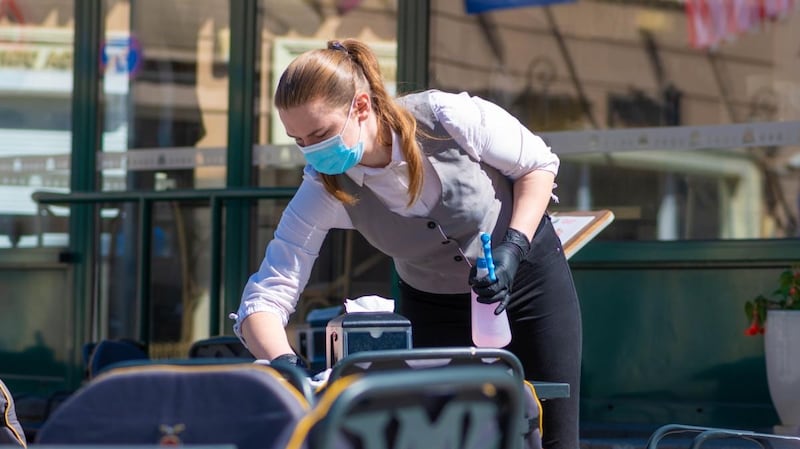Too many contacts. That is why Level 3 did not work, experts say, and why more severe public restrictions being set by the Government will not work either without greater public buy-in or enforcement.
After four weeks of life under Level 3 in Dublin, three weeks in Donegal and two weeks for the rest of the country, the Government finally admitted at the weekend that the restrictions were not working. The number of infections has continued to increase sharply over the past month.
On September 18th, the day Dublin was moved to Level 3, the rate was 123.6 cases per 100,000 people; it has since risen to 232.2 cases, an increase of 88 per cent.

On September 24th, the day Donegal moved to Level 3, the rate was 159.6 cases per 100,000. It is now 347.4 cases, having more than doubled in that time, or more precisely, a 118 per cent increase.
On October 5th, the day the rest of the country was escalated to Level 3, the national incidence rate was 116 cases per 100,000. It has more than doubled to 261.7 cases per 100,000 since then.
"The problem is that people are continuing to have too many contacts and the virus is in the community and it is continuing to spread," says UCC professor of epidemiology Patricia Kearney.
Despite calls from the National Public Health Emergency Team on the public to reduce discretionary contacts, average close contacts for infected people fell slightly on last month but it still remains above five per person, well above an average of two after the March-April lockdown.
Crowds gather
Videos of crowds after sports games or scenes of busy gatherings on public streets provided the visual evidence supporting what the Covid-19 incidence rates were showing.
To complicate matters, contact tracers have been reporting lengthy and challenging calls, including longer “Call Three” conversations with contacts of infected people to convince them to go for testing and to isolate and that they risk infecting others even if they are asymptomatic.
"If people don't buy into this, it is never going to stop, no matter how many levels of lockdown you go to. If people don't adhere to the guidelines, then it is not going to stop the transmission of the virus," says Kingston Mills, professor of experimental immunology at Trinity College Dublin.
“If you go to Level 5 and people don’t buy into it, it won’t work either. All it is doing is delaying the inevitable, which is it will continue to spread.”
The recent well-publicised case studies of unrestrained community spread, including the man who failed to restrict his movements after a trip abroad and infected at least 56 people, including up to 10 households and a sports team, show the need to explain repeatedly the importance of self-isolating to the public and the requirement for enforcement where the rules are not obeyed.
Fines for rule-breaking
The Government has said it is looking at introducing fines to enforce Covid-19 restrictions. Across the Border in Northern Ireland, there are fines for failing to adhere to public measures.
“You need to enforce the rules and you need to make it mandatory for people to take the test if they are called or to isolate,” says Mills. “Without that, it just is not going to work.”
Saliva testing, which is less invasive and faster than back-of-nose swabs, may also encourage more people to come forward for testing and help improve public compliance, he said.
The restriction level set by Government will guide the public on the different ways it must comply but the overarching message remains the same.
“We really need to have very high levels of restrictions to get the virus under control because clearly we have uncontrolled community transmission,” says Prof Kearney.









